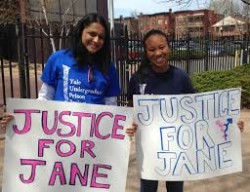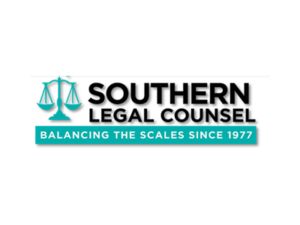
Removed from her family at the tender age of five, Jane has endured unrelenting brutality and abuse while in the custody of the system charged with protecting her. Despite the fact that Jane was never convicted of a crime, she was shunted off several months ago to an adult women’s prison—a practice that Congress prohibited forty years ago in the Juvenile Justice and Delinquency Protection Act. Recently, DCF Commissioner Katz moved Jane again, this time to a boy’s training school, where she has been kept in solitary confinement.
Sadly, her story is all too familiar. Too many children “rescued” by the government from families unable to care for them are abandoned to caregivers who subject them to abuses more terrible than those prompting the state’s intervention in the first place. Children whose appearance or behavior defies gender norms are especially vulnerable in the nation’s child welfare systems. Transgender foster children are regularly subjected to physical, emotional, and sexual abuse, the scars from which are deepened when the system fails to intervene on their behalf.
Jane has undeniably endured significant trauma while in the custody of the state of Connecticut. The narrative circulated by DCF, however, makes no reference to this history nor to the precarious lives of transgender foster children generally. Instead, in her public remarks, Katz focused on Jane’s “assaultive” behavior as a justification for incarcerating and isolating her.
Katz’s op-ed in the Hartford Courant is problematic for several reasons. First, regardless of the circumstances surrounding Jane’s behavior, nothing can justify isolating a young girl in a women’s prison or a boy’s training school. Moreover, accounts of Jane’s behavior and the circumstances that provoked it vary considerably. Katz’s account fails to provide important contextual information about the excessively violent environment at the Connecticut Juvenile Training School (CJTS) where the alleged incident occurred. In a recent public statement, the Connecticut Office of the Child Advocate (OCA) reported that the facility’s records reveal over 200 incidents in the last 13 weeks in which CTJS staff reported using physical or mechanical restraints, including handcuffs, to control youth in the facility. OCA also justly condemned Katz’s unprecedented “public shaming” of Jane Doe, particularly given her slanted portrayal of the conditions at CJTS and her choice to single out Jane among the many youth involved in violent confrontations with staff. Finally, Katz’s response completely ignores the impact of abuse on the behavior of a traumatized child. Given the repeated abuse and betrayal Jane has suffered, it should be no surprise if she exhibits behavioral symptoms associated with exposure to chronic childhood trauma. Research has long documented the devastating neurological, developmental and behavioral impact of repeated victimization in childhood, particularly at the hands of caretakers. Childhood victimization of transgender and gender nonconforming youth is disturbingly common. On the positive side, behavioral health professionals have documented promising treatments for childhood trauma, which are focused on creating connections with trusted adults, mitigating stress, increasing resiliency and improving communication. In other words, the antithesis of incarceration and isolation.
The Commissioner’s zeal to protect the safety of institutional staff and other youth would be commendable if she were equally committed to promoting Jane’s safety and well-being. Instead, her decision to imprison and isolate Jane—as well as the juvenile court’s shameful rubber stamp—merely compound the inhumane and harmful treatment to which Jane has already been subjected. These decisions convey powerful messages about how her guardians perceive Jane and her future prospects. If the Commissioner and judge viewed Jane as an abused child capable and deserving of healing, DCF would presumably recommend placement in a therapeutic environment equipped to provide intensive trauma treatment. By contrast, isolating Jane in a prison-like environment sends the disturbing and unacceptable message—to Jane, the system, and the community—that she is worthless and irretrievably damaged. For too many youth, this message is a self-fulfilling prophecy. The life trajectory of incarcerated youth is demonstrably poor in every domain: education, employment, health, and mental health. Transgender foster youth already face nearly insurmountable obstacles. Adding the impact of incarceration to the heavy burden of transphobia and stigma is unconscionable.
If DCF set out to plot a course of action that would inflict the most devastating injuries on Jane Doe, it has succeeded. It is not sufficient to claim that Connecticut does not have the appropriate settings or services to competently care for Jane. This tired excuse has never prevailed in civil rights litigation, and for good reason. It is Connecticut’s responsibility to meet the needs of all of the children in its custody. Jane Doe—like all foster children—is entitled to a permanent connection with caring adults, placement in the least restrictive setting possible to meet her needs, services that respect and support her gender identity and ensure her safety, and treatment to help her heal from a lifetime of trauma and abuse.










